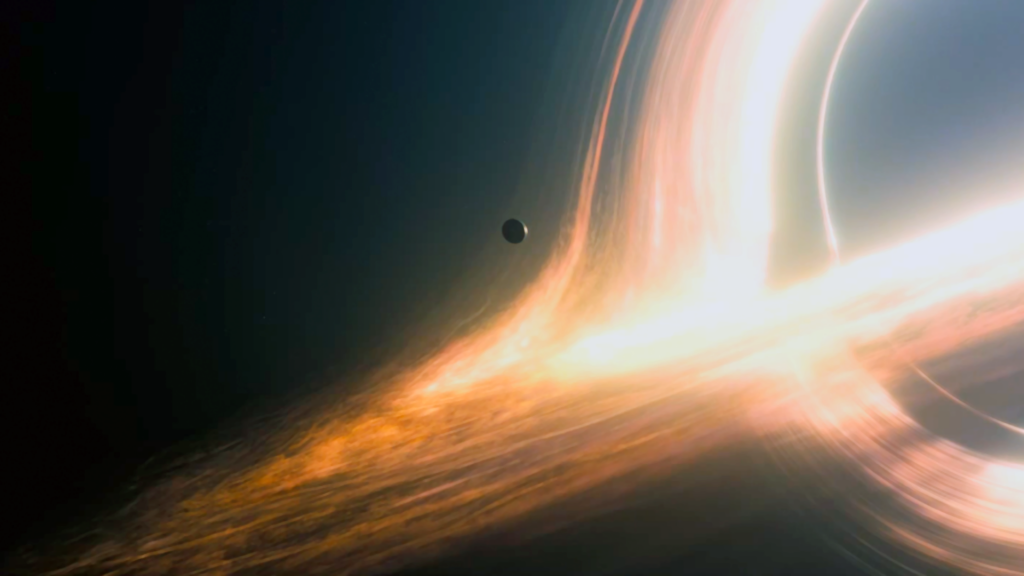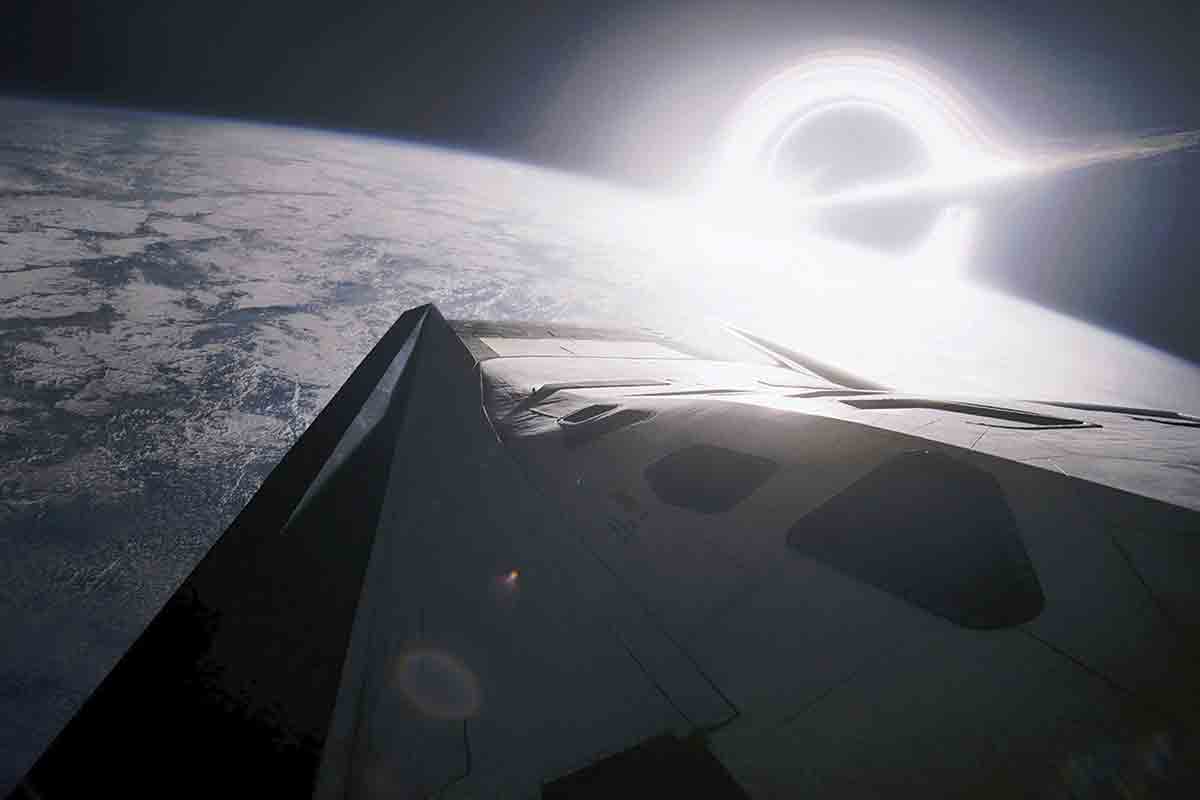
Living on a planet orbiting a black hole might be better than you’d imagine. In fact, looking for real estate in such a location could be in our (very) distant future.
A Bright Black Hole
According to the second law of thermodynamics, life requires a temperature difference to provide a source of useable energy. Life on Earth, for example, relies on the heat of the Sun and the cold vacuum of space. What if you reversed the situation, though?
A planet orbiting a black hole, for example, would experience a cold sun and a hot sky. That’s what Tomáš Opatrný of Palacký University in Olomouc, Czech Republic says in his research.
Comparing a black hole to a Sun might sound strange, but black holes, despite the name, are actually some of the brightest objects in the universe. Gas and other matter that falls into the hole is superheated and glows as it accretes. However, an older black hole that has already cleared its surroundings, effectively has zero temperature, meaning it could potentially act as a cold Sun, according to Opatrný.
Sustaining Life Under a Black Sun
The rest of the universe is actually pretty warm compared to a black hole, thanks to the heat left over from the explosion of the big bang.
Avi Loeb of Harvard University has previously pointed out the universe’s background temperature would be 300 kelvin (27 ˚C) around 15 million years after the big bang, making it warm enough to host liquid water.
At this temperature, a planet around a cool black hole would receive enough power to support complex life. However, because the planet would be so new to the universe, it’s unlikely that it would have had enough time to evolve to explore this power source.
Turning to Movies
The team, led by Opatrný, decided to check out the film Interstellar, which they learned explored a similar concept. The film depicts a world called “Miller’s planet” which orbits very close to a massive, spinning black hole called Gargntua.

Like any good researchers, the team began to ask questions. “We saw the movie, it was a very interesting idea, but then we started thinking about the problems,” says Opatrný.
For example, the planet in the film is swept by huge tidal waves of water. But Opatrný says that, for a planet like one depicted in the movie, molten aluminum would be more likely. That said, if the planet was further out from the black hole, conditions would be cooler, and the planet might be able to sustain life.
In the paper, when discussing the ultimate hope for life around a black hole, Opatrný explains: “For nonrotating black holes and the present temperature of the cosmic microwave background, the available power appears to be rather small for the living standards of our civilization. One might speculate of the distant future when hydrogen as the nuclear fuel for stars is exhausted and black holes together with background radiation become one of the few relevant sources of negative entropy. Nevertheless, with the accelerated expansion of the Universe the background radiation becomes colder so that even less power would be available.”
Thus, it sounds like there isn’t any hope for life forming on planets orbiting these monstrous beasts. However, remember that we are just talking about nonrotating black holes. Things change when they start spinning.
Opatrný continues, “the situation is different for fast rotating Kerr black holes and planets on close orbits: gravitational and Doppler shifts change the temperature map of the sky to allow for harvesting much more power”
All of these speculations do have a purpose. For example, research into sustaining life near a black could become relevant 100 trillion years from now, when all the stars have died out and the universe is an eternal wasteland of coldness and eternal darkness.
Planets around black holes will certainly be an option for inhabitants.
“When the stars are gone, black holes will be a last-resort source of energy,” says Krauss. However, he adds, “for the practical future, there are much easier ways to live.”